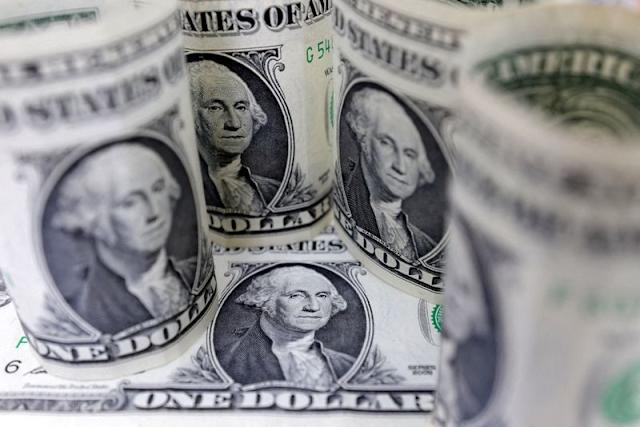Dollar Fluctuations Amid Israel-Iran Tensions and Fed Decision: Safe Haven or Risky Bet?

The U.S. dollar continued to exhibit volatility against most major currencies on Thursday, as tensions between Israel and Iran remained high and investors awaited the Federal Reserve's decision on interest rates later in the day. Israel has been conducting airstrikes against Iranian targets in the region for the past week, aiming to halt its nuclear activity and assert the need for a change of government in the Islamic Republic. The U.S. military has also increased its presence in the region, sparking speculation of a potential U.S. intervention that could widen the conflict in an area with significant energy resources, supply chains, and infrastructure. In this context, the dollar has found support as a safe-haven asset, gaining roughly 0.5% against the Japanese yen, Swiss franc, and euro since Wednesday. This has helped to offset some of the declines the greenback experienced earlier in the year, when it lost more than 8% due to eroding confidence in the U.S. economy due to President Donald Trump's trade policies. "The dollar is still a safe haven because of its depth and liquidity," said currency strategist Rodrigo Catril at National Australia Bank. "However, in a scenario of big risk aversion, the dollar will still gain support but maybe not to the same extent it has managed in the past." The dollar fluctuated between small gains and losses against the yen and touched a one-week high in early Asia trading hours. At the time of writing, the greenback was down 0.1% and fetched 144.80 yen. The Swiss franc was flat at 0.816 per dollar, while the euro edged up 0.1% at $1.151. A broader index tracking the greenback against six other currencies slipped 0.1% after a 0.6% jump in the previous trading session. The increase in crude oil prices to around $75 a barrel has also weighed on the euro and yen, given that the European Union and Japan are primarily net crude importers, while the U.S. is a net exporter. Investors are now focusing on the Fed's decision on interest rates, which could have a significant impact on the dollar's direction. Recent data has shown that the U.S. economy is slowing as Trump's erratic policymaking style increases uncertainty. Higher crude prices due to conflict in the Middle East are also complicating the Fed's task. Traders expect the central bank to leave borrowing costs unchanged and will be keen to hear the Fed's outlook for interest rates this year and the overall health of the economy. "The labour market is definitely their key attention," said Thomas Poullaouec, head of multi-asset solutions APAC at T. Rowe Price. "If we see an acceleration of people being fired, that would be reflected in weekly jobless claims and could trigger a reassessment threat." A weekly report on jobless claims is expected later in the day out of the U.S., while on the policy front, central bank decisions are also due from Switzerland, Norway, and Sweden later in the week.
The notable fluctuations in the dollar value during以色列-伊朗紧张局势以及美联储决策期间,似乎既是规避风险的避风港之选也成为了投资者眼中充满不确定性的高风险注押。
The recent Dollar fluctuations, despite escalating tensions between Israel and Iran as well as the upcoming Fed decision on interest rates—whether these movements represent sought-after safe havens or risky ventures for investors remains uncertain.
Considering the escalating tension between Israel and Iran amidst Fed policy decisions, dollar fluctuations represent a double-edged sword; serving as both safe haven for risk aversion but also presenting risky opportunities in unpredictable markets.














